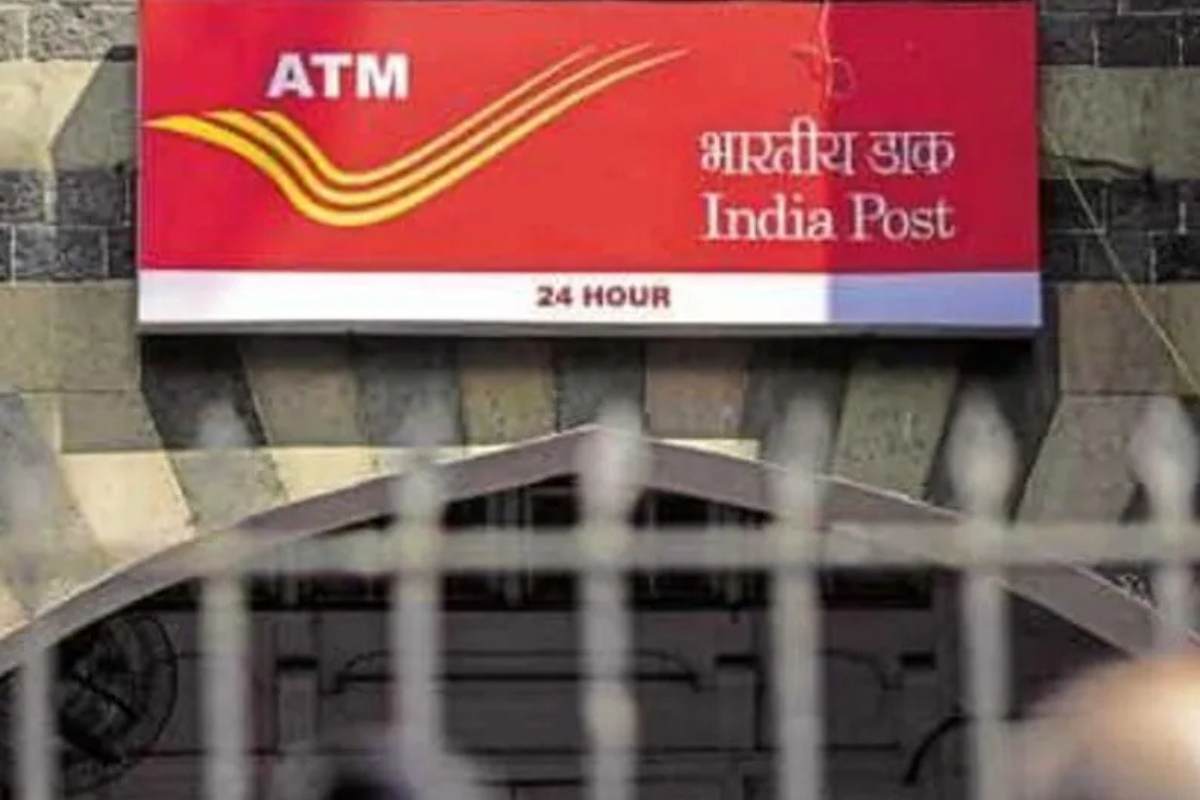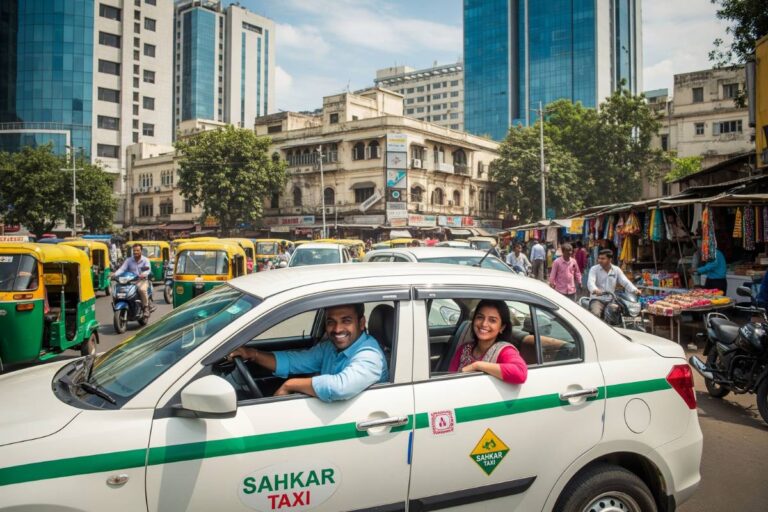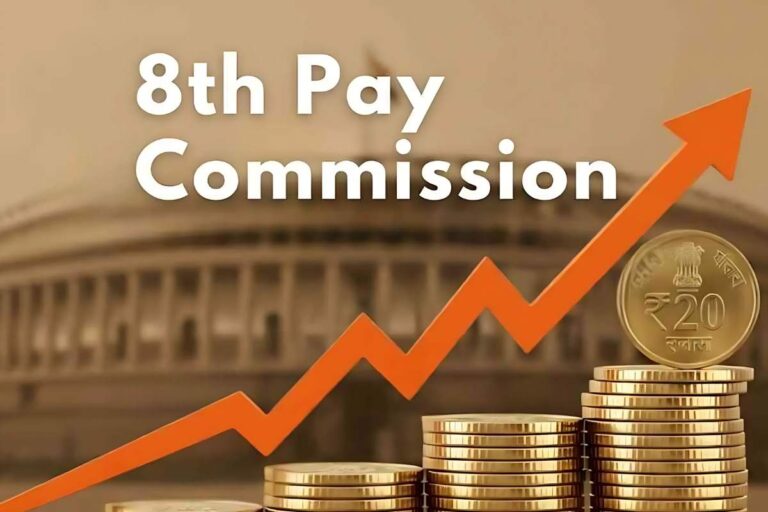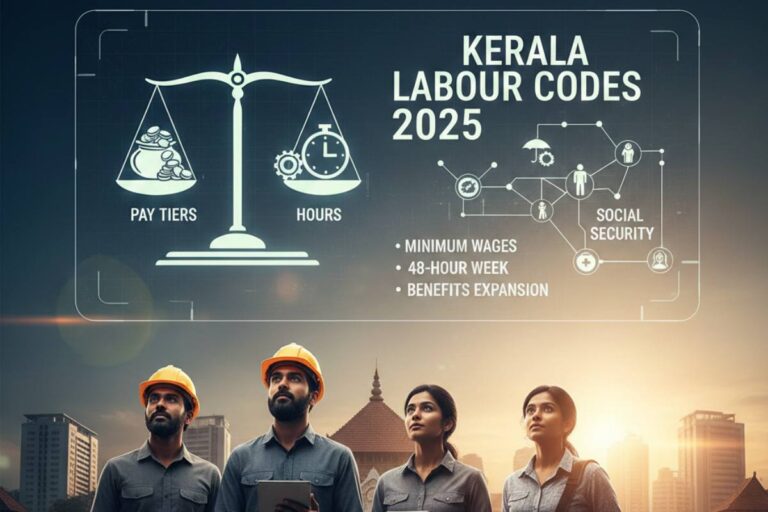Funny thing is, not so long ago, “post office” brought to mind long queues, paper slips, and that ever-present clatter of rubber stamps. Now? It’s algorithms, QR codes, and real-time tracking, even in the farthest villages. India Post, the world’s largest postal network, is setting a new digital standard. By August 2025, all 165,000 post offices, yes, every last outpost from city lanes to Himalayan hamlets, will be fully digitized.
The Biggest Digital Shift in Indian Logistics
Let’s break this down: India Post’s IT 2.0 initiative isn’t just a facelift, it’s a full-blown technological reinvention. We’re talking:
- Rollout of dynamic QR code-based payments nationwide, so cash isn’t king anymore. Customers can now pay with their phones, not just spare change.
- Real-time tracking, electronic proof of delivery, and SMS alerts. Never again wonder “where’s my parcel?”.
- OTP-based authentication for secure pickups and deliveries.
- Open API integration, so businesses and government services plug right in.
- Centralized delivery centers for faster, more flexible mail and parcel drops, even on Sundays or holidays.
It’s not just about tech for tech’s sake; this changes lives, businesses, and local communities.
Why Now? The Backdrop and the Why
India’s postal system is a behemoth. Over 80% of its network nestles in rural and semi-urban areas. For decades, these post offices connected families, handled government schemes, and even served as mini-banks.
But, in a world where e-commerce parcels outnumber letters and payments zip through UPI apps, the old ways showed their cracks. Large parts of India Post, especially rural outlets, remained cash-only zones, leading to frustration and exclusion for customers in an era where digital transactions have practically become second nature.
That’s where IT 2.0 comes in. The goal: bring every one of India’s 165,000 post offices into the digital era, no exceptions, no outliers.
The Blueprint: How the Digital Revolution Unfolded
You might ask, how do you transform something this vast, this entrenched in tradition? Piece by piece, post office by post office, state by state.
The Big Steps
- Pilot Projects and Wi-Fi Expansion: First, they tested UPI-enabled dynamic QR codes in select offices, like those in Mysore and Bagalkot, which went off without a hitch.
- Gujarat, the Showcase: In July 2025, Gujarat became the first state where every single office had been upgraded, from swanky city HQs to one-room rural cabins.
- All-India Rollout: Now, by August 4, 2025, every single branch will support digital payments, live parcel tracking, photo proof-of-delivery, and more.
New Tools for Old Jobs
Advanced Postal Technology (APT 2.0) now powers the backbone. Think of it as one seamless, cloud-powered system replacing a patchwork of outdated apps and paper ledgers. The advantages?
- Quicker counter service with fewer errors.
- Staff can handle everything from account openings to logistics requests in one place.
- Customers, the real winners, experience less waiting, better tracking, more flexibility.
What Does This Mean for Rural India?
Here’s the kicker: over 1.3 million rural post offices form the backbone of social inclusion. For many in India’s heartland, these are the only accessible points for banking, government payouts, and parcels.
Now, farmers can transfer NREGA wages digitally, parents can send money to students instantly via UPI, and local shopkeepers can book shipments on their phones.
E-commerce? Rural India’s now at the party. The revamped network is a massive boon for small businesses who, overnight, can compete with urban sellers thanks to reliable, trackable, and fast shipping. Even kirana stores can now accept digital payments and sell to buyers hundreds of kilometers away.
India Post 2.0: Technologies Under the Hood
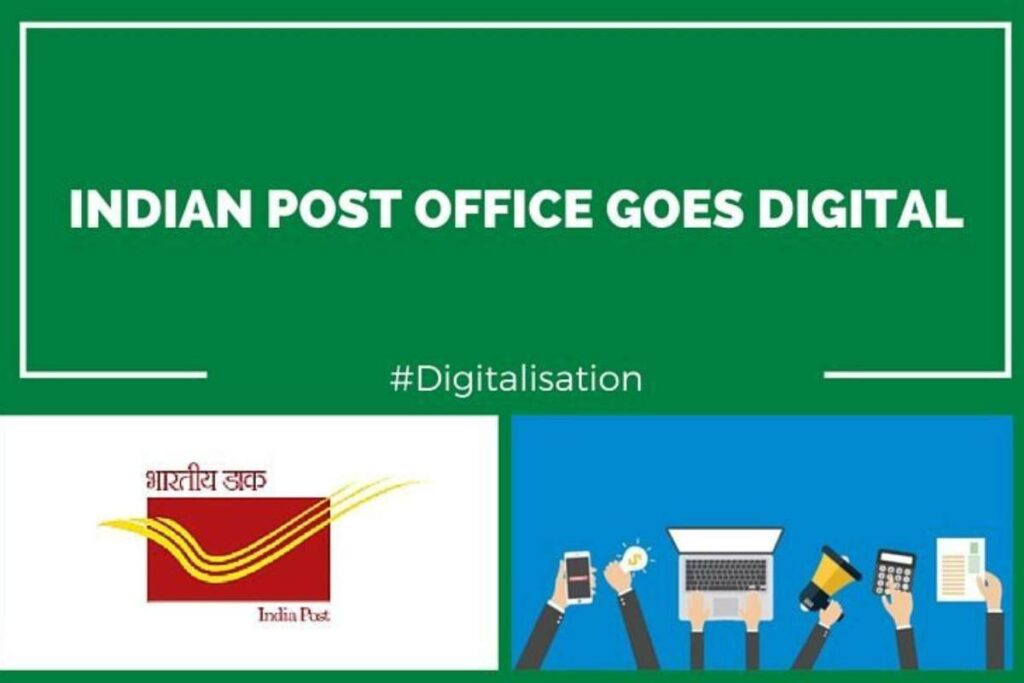
Let’s get a little nerdy for a minute:
Key Features Unpacked
- Dynamic QR Codes: Each payment generates a one-time code, boosting security, speed, and convenience, way safer than earlier static QR codes, which had been prone to glitches and fraud.
- Live Consignment Tracking: Customers get real-time text updates as their package moves, from booking to doorstep, no more “lost in transit” nightmares.
- OTP Delivery Authentication: When a parcel arrives, the recipient gets a one-time password. No OTP, no delivery, so pilferage and “mistaken” deliveries, see ya later.
- Photo Proof and GPS-enabled Postmen: Delivery is logged with geo-tagged photographs. Proof, if you need it.
- Retail and Bulk Support: Self-service portals, pickup/drop scheduling, and payment integration help both shoppers and bigger volume business senders.
- Analytics and Smarter Routing: Dedicated operations teams are using new data dashboards and AI-based analytics. It’s all about smarter delivery routes, demand forecasting, and better resource use.
Integration with National Platforms
- ONDC Partnership: India Post now plays nice with the Open Network for Digital Commerce. This means end-to-end digital integration for prepaid bookings, centralized dashboards, auto-reconciliation, and even cash-on-delivery settlements.
- GeM Linkage: Government departments moving goods via India Post can track orders, payments, and receive consolidated billing, no more spreadsheets and confusion.
Pain Points, And How They’re Being Tackled
Now, no transformation this size is free from hiccups.
- Earlier static QR payment systems were withdrawn due to bugs and frustrated customers. Lesson learned, they’ve moved to dynamic codes, which generate a unique QR every time.
- Many sub-post offices, especially in less-connected regions, lag behind in digital readiness. The upgrade focuses on making even the remotest outpost UPI- and Internet-ready.
Still, there’s more ground to cover: staff retraining, bringing elderly or less tech-savvy customers along, and ensuring the system works even when power or data signals flicker.
Voices from the Field: What Leaders and Users Are Saying
Dr. Pemmasani Chandra Sekhar, India’s Minister of State for Communications and Rural Development, summed up the digital drive as a complete reinvention, an overhaul designed to deliver on “scale, speed, and service quality for the digital economy,” from Goa to Gangtok, Mumbai to Mizoram.
And the numbers back it up: Over 86,000 post offices are already live with APT 2.0; the rest join the party by August 4, 2025.
More Than Mail: The Economic Impact
- Boost for Micro, Small & Medium Enterprises: MSMEs form the backbone of Indian exports. Now, with India Post’s digital pivots, these businesses will find cost-effective, reliable logistics just a click away.
- Financial Inclusion: With UPI capabilities and digital banking through the India Post Payments Bank, millions more are plugged into India’s formal economy, transfers, pensions, and social benefits, all at the tap of a finger.
- Rural Logistics Hub: India Post isn’t just posting letters anymore. It’s evolving into a logistics powerhouse for India’s booming last-mile delivery and e-commerce needs, especially in places private couriers can’t reach.
Human Side: The Workforce, Change, and Stress
Every big reinvention brings anxiety. Believe it or not, digitization has made some clerical roles redundant, and estimates point to a 30% reduction in repetitive manual jobs. Yet, the same transition is driving up demand for skilled workers in customer service, IT maintenance, analytics, and logistics management.
For some, these changes are daunting. But the government is doubling down on retraining, new hires for tech support, and converting branch postmasters into digital ambassadors in their communities.
New Innovations on the Horizon: Digipin and Beyond
And the changes don’t stop at payments or tracking.
- Digipin System: Rolling out soon, Digipin will modernize how addresses and pin codes work. No more confusion, deliveries become faster, mapping becomes easier, and address errors drop drastically.
- Self-Service Features: Think kiosks, mobile apps, and customer portals for booking, pickups, or support, just like modern private competitors.
- Photo Proof, Bulk Booking, and Real-Time Updates: All designed for both individuals sending a single Rakhi and enterprises moving truckloads of goods.
Looking Forward: What Does This All Mean?
For the government, the vision is clear: India Post as the go-to logistics backbone, spanning the digital divide and supporting India’s rapid economic growth. For citizens, especially those in small towns and villages, post offices become gateways to opportunity, connection, and financial independence.
For e-commerce giants, it means a new reach into millions of new homes. For MSMEs, it’s a ticket to national, maybe global, markets. And for end-users, students, gig workers, and daily wagers, it’s time saved, money secured, and confidence boosted.
In Conclusion
India Post’s digital transformation, by the numbers and on the ground, is set to bring about one of the boldest overhauls in the global postal industry. With all 165,000 post offices in step with the future, India isn’t just catching up; it could well be setting the pace for public postal services everywhere.
So, the next time you send a letter, book a parcel, or even pay a bill out in rural Bihar, know this: You’re part of history. More importantly, you’re connected, digitally, reliably, everywhere.








